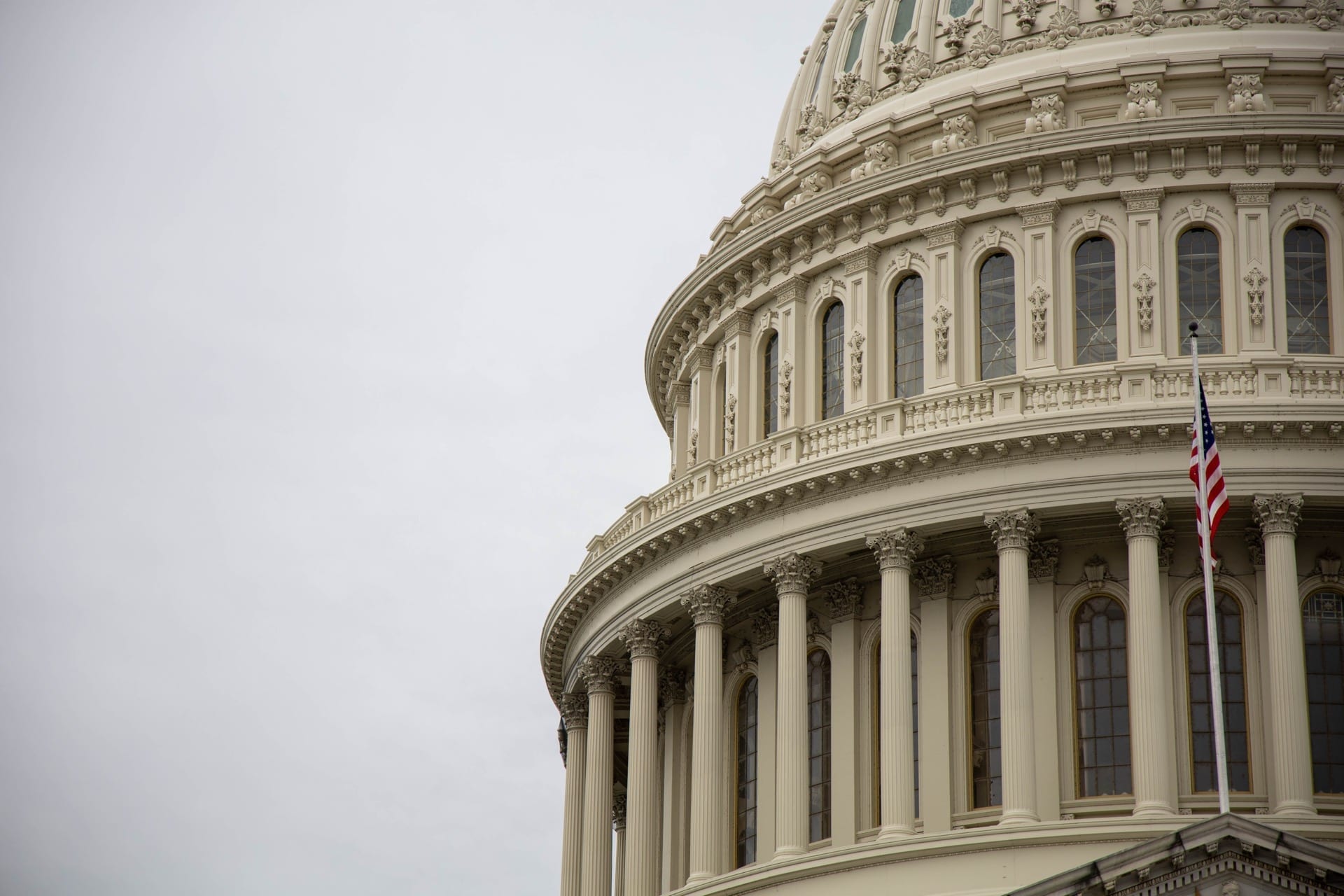Over the past week, Hillary Clinton’s focus on the economy has given Democrats their marching orders for consolidating Democrats and her vote down-ballot. The powerful economic message she articulated in the debate and in Toledo should unify the Democratic offer in this campaign. Some have toyed with tying the Republican Party and its candidates to an unpopular Donald Trump, but our work for Women’s Voices. Women Vote Action Fund already showed that strategy does not work. It is too indirect and political, and may actually help GOP candidates to show their independence from Trump.
Instead, listen to our potential Democratic voters. They are sending a very clear message about how to win their vote: make this a clear economic choice; show you are angry with corporate excess; and show how you want to make this economy work for everyone, not just those at the top. This is how Clinton put it in Toledo on October 3rd:

It is a clear, powerful critique of how those at the top have used their influence to write the rules of the economy for their benefit – the heart of the economic narrative proposed by the Roosevelt Institute and WVWVAF and tested by Democracy Corps. Clinton’s battle with Trump on taxes puts that choice and “trickle down” economics at the heart of the election.
The dial research conducted for WVWVAF during the first presidential debate shows this is how you win on the economy, creating jobs and being for the middle class. And it is how you consolidate Democrats to vote for Clinton and to get Clinton voters to consolidate behind Democrats down ballot.
Winning on the economy and consolidating Democrats down-ballot
The world has changed with the first debate, the battle over taxes, and Clinton’s new definition of the choice in the election as one centered on the economy.
Trump led on the economy leading into the debate, and our research in the battleground states found even her supporters did not associate her with taking action on the economy or know about any of her policy goals or advocacy for the middle class. The big “change” voters – millennials and white working class voters – were becoming unmoored.
As a result, in our battleground polling for WVWVAF released on the eve of the first major presidential debate, Clinton and down-ballot Democrats were falling short of potential gains: only 87 percent of Democrats were supporting Clinton and only 66 percent of Clinton voters were voting Democrat for Senate.
But this survey also found that what consolidated those voters was a powerful economic message about rewriting the rules. This was confirmed during dial meter testing of the first presidential debate. Clinton’s current economic message will allow Clinton to defeat Trump on the economy and consolidate Democrats around her candidacy and down-ballot.
A populist economic choice: centered on taxes
The focus on taxes has allowed Clinton and Democrats to present a big economic choice about trickle-down economics, and this choice is also powerfully personalized by Trump. They should say what voters have long known and think as they learn about Donald Trump’s taxes – “It is wrong that corporations and the super wealthy play by a different set of rules” – declare “It’s time to rewrite the rules and make this economy work for everyone” and articulate an empowering, positive, and patriotic plan for a better future.
Our dial meter testing of the first debate on behalf of WVWVAF revealed the tremendous advantage Clinton earns when she is heard offering such a populist economic message. Most of Clinton’s strongest moments during the debate came during her new critique of Reaganomics (“Trumped up trickle down”) and when she laid out her specific plans to build “an economy that works for everyone.”


This really struck a chord with the voters in our online dial meters. Post-debate, she shifted voters’ perceptions of her on such key personal attributes as looking out for the middle class (+18) and having good plans for the economy (+14). She improved her margin over Trump on the economy (+9), creating more jobs (+8), standing up for America (+6) and being for the middle class (+6). There was also a huge shift in her overall favorability (+33 points) and as we have seen in public polls over the past few days, Clinton’s vote has risen post-debate.
Embracing Clinton’s economic message in all races
Democratic candidates would do well to follow Clinton’s lead and embrace her economic narrative, choice and agenda.
In their written comments after the debate, the participants in our groups said it felt like Hillary Clinton was speaking directly to them when they brought up “taxes and the economy,” “increasing and decreasing taxes,” “how taxes should be spent and that the millionaires should be paying more of their fair share.” They say that “Hillary was right about trickle-down economics not working and Donald helping himself, not the American middle class” and remember her calls for “equal pay for women and helping the middle class by creating good jobs.”
Such an economic message from the down-ballot Democrats reinforced gains at the top of the ticket and shifted votes in the Senate races in our September battleground survey.

Conclusion
When Hillary Clinton and Democrats offer a powerful economic critique and way forward, as she did at the debate and yesterday in Toledo, it puts them on the side of change and a better future. With Clinton doubling down on this message and if Democrats follow her lead, there is a chance for a reform mandate led from the White House, a Democratic Senate and more in 2017.



